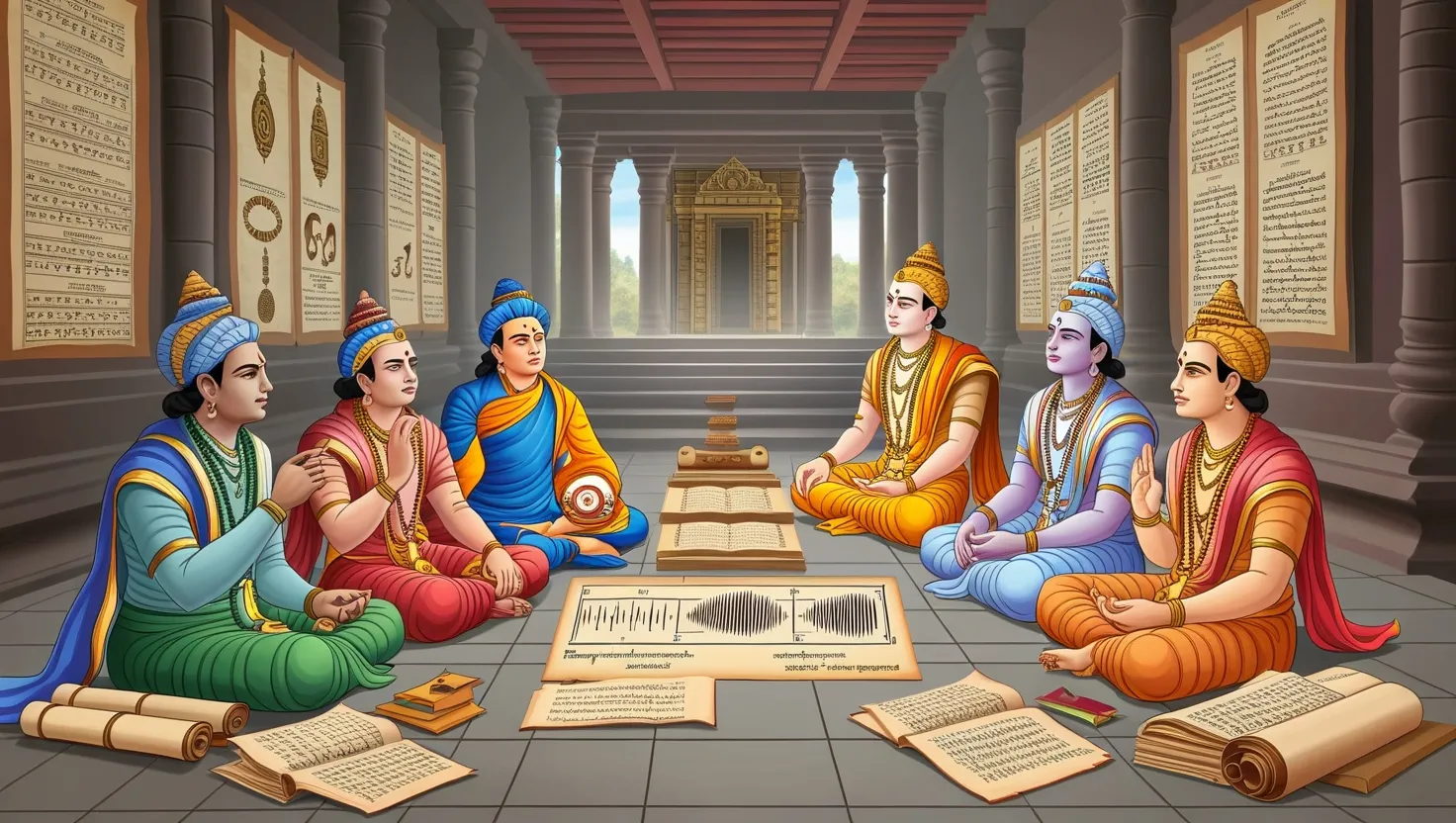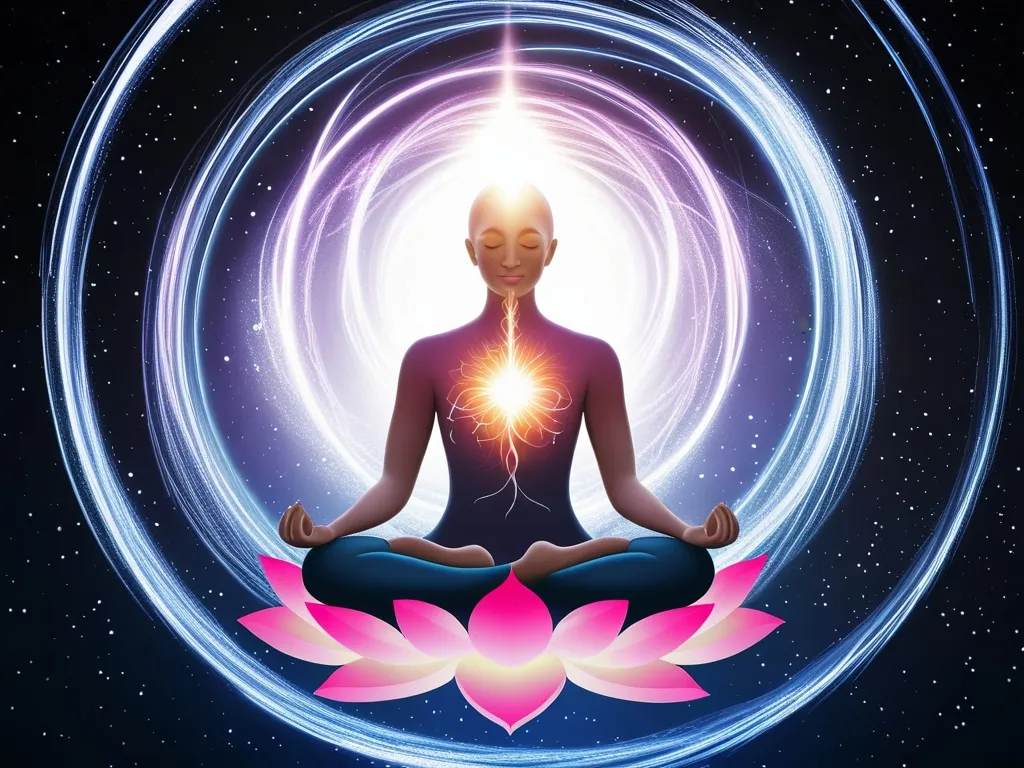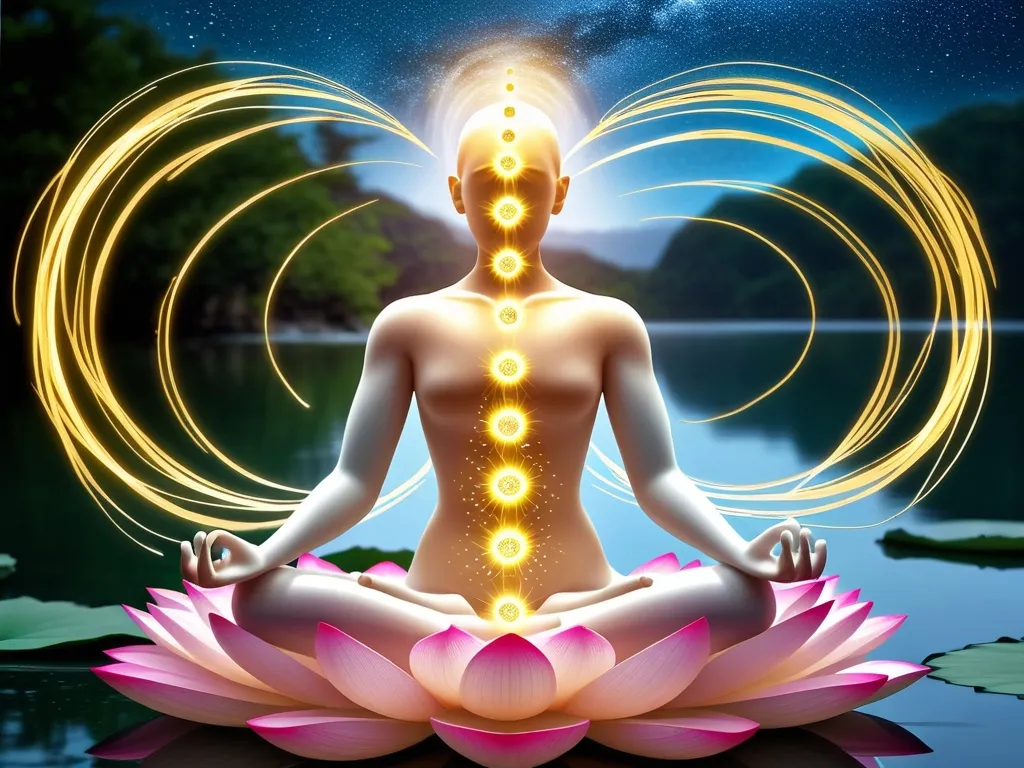The Vedangas represent a fascinating intersection of ancient wisdom and scientific rigor. These auxiliary disciplines developed alongside the Vedas, serving as essential tools for preserving and interpreting sacred knowledge. While all six Vedangas offer valuable insights, four in particular stand out for their enduring relevance and sophisticated approaches: Shiksha, Nirukta, Chandas, and Vyakarana.
Let’s begin with Shiksha, the science of phonetics. At first glance, it may seem like a simple set of pronunciation rules. But dig deeper, and you’ll find a system of remarkable sophistication. The ancient scholars who developed Shiksha recognized that sound itself carries power - that the vibrations produced by correctly articulated syllables could influence consciousness and even physical reality.
They mapped out precise points of articulation in the mouth, categorizing sounds based on subtle distinctions that wouldn’t be recognized in Western linguistics until thousands of years later. This wasn’t just about proper recitation - it was about harnessing the transformative power of sound itself.
“What is the use of chanting mantras without knowing their meaning?” an ancient sage once asked. This brings us to Nirukta, the discipline of etymological interpretation. Nirukta recognizes that sacred language operates on multiple levels simultaneously. A single word might have a surface meaning, a philosophical implication, and a mystical resonance all at once.
This multi-layered approach to language feels remarkably modern. It echoes the insights of 20th century semantics and hermeneutics, which recognize how words carry cultural and historical dimensions beyond their dictionary definitions. Nirukta provides tools for unpacking these layers of meaning, allowing us to engage with ancient texts in their full depth and complexity.
Have you ever noticed how certain rhythms seem to alter your state of mind? The ancient developers of Chandas, the study of prosody, certainly did. They recognized that different metrical patterns in Vedic hymns produced specific effects on consciousness. Some meters were energizing, others calming. Some facilitated memorization, others induced trance-like states.
Modern neuroscience is only now catching up to these insights, confirming that rhythmic patterns can indeed influence brain states. But the ancients didn’t need EEGs to recognize this power. They developed a sophisticated system for analyzing and applying different meters, treating rhythm as a technology for altering consciousness.
“Language is the essence of humanity,” said the great grammarian Bhartrihari. This brings us to Vyakarana, the study of Sanskrit grammar. While all languages have grammar, Sanskrit’s grammatical tradition stands out for its extraordinary precision and systematization.
Panini’s grammar, composed around 500 BCE, contains nearly 4,000 rules describing Sanskrit with mathematical rigor. It’s so precise that it can be used to generate grammatically correct sentences algorithmically - a feature that has made it influential in the development of modern computational linguistics.
But Vyakarana goes beyond mere rules. It treats language as a fundamental aspect of reality itself, exploring how meaning emerges from structure. This philosophical dimension gives Vyakarana a depth that continues to inspire linguists and philosophers today.
What strikes me most about these four Vedangas is how they combine spiritual insight with analytical rigor. They weren’t content with vague mysticism - they sought to systematize and explain the mechanics of language, sound, and meaning with scientific precision.
This analytical approach allowed the Vedic tradition to preserve its knowledge with remarkable fidelity across millennia. Without writing, relying solely on oral transmission, they managed to pass down vast bodies of text virtually unchanged. The Vedangas provided the methodological framework that made this feat possible.
But the Vedangas aren’t just historical curiosities. They offer powerful tools for anyone seeking to engage deeply with ancient wisdom traditions. They provide methods for understanding texts in their original linguistic and cultural context, unpacking layers of meaning that might otherwise remain hidden.
“The word is Brahman,” declares the Brihadaranyaka Upanishad. This seemingly simple statement encapsulates the profound respect for language that underlies the Vedangas. They treat words not as mere arbitrary symbols, but as living embodiments of cosmic reality.
This perspective invites us to approach language with a sense of reverence and wonder. What hidden depths might we discover in our own speech if we applied the insights of Shiksha or Nirukta? How might our understanding of poetry change if we approached it through the lens of Chandas?
The Vedangas also challenge us to think more deeply about the nature of knowledge itself. They suggest that true understanding requires more than just intellectual comprehension - it demands engagement with sound, rhythm, and the very structure of language.
This holistic approach feels particularly relevant in our digital age, where we’re often drowning in information but starved for wisdom. The Vedangas remind us that knowledge isn’t just about accumulating facts - it’s about developing the tools to penetrate to the heart of meaning.
Of course, we shouldn’t romanticize these ancient disciplines. They developed within a specific cultural context and carry certain limitations and biases. But neither should we dismiss them as outdated relics. The sophistication of their insights continues to impress scholars across disciplines.
Perhaps most importantly, the Vedangas embody a spirit of intellectual curiosity and rigorous analysis that remains deeply inspiring. They show us that spiritual wisdom and scientific precision aren’t opposites, but can actually reinforce each other.
As we grapple with the complex challenges of the 21st century, maybe we could use a bit more of that Vedanga spirit - the willingness to dive deep into the mechanics of meaning, to systematize our insights, and to approach language itself as a gateway to profound truth.
What insights might we gain by applying Vedanga-like analysis to our own languages and cultural traditions? How might our understanding of consciousness change if we took seriously the power of sound and rhythm explored in Shiksha and Chandas?
These are the kinds of questions that the Vedangas continue to provoke, millennia after their initial development. They stand as a testament to the enduring power of human curiosity and the timeless quest to understand the deepest structures of reality.
In a world that often feels fragmented and superficial, the Vedangas offer a model of integrated knowledge - a way of approaching language, meaning, and consciousness that is simultaneously spiritual and scientific, ancient and startlingly modern.
So the next time you encounter a piece of sacred text or profound poetry, try approaching it with the spirit of the Vedangas. Listen not just to the meaning of the words, but to their sound and rhythm. Look for layers of meaning beyond the obvious. Consider how the very structure of the language shapes the message.
You might just find yourself touching something of that ancient wisdom - a wisdom that continues to resonate across the centuries, inviting us to dive ever deeper into the mysteries of language, consciousness, and reality itself.






